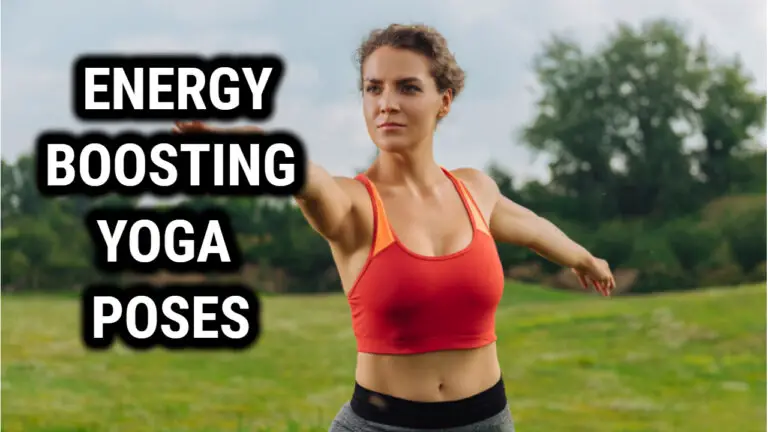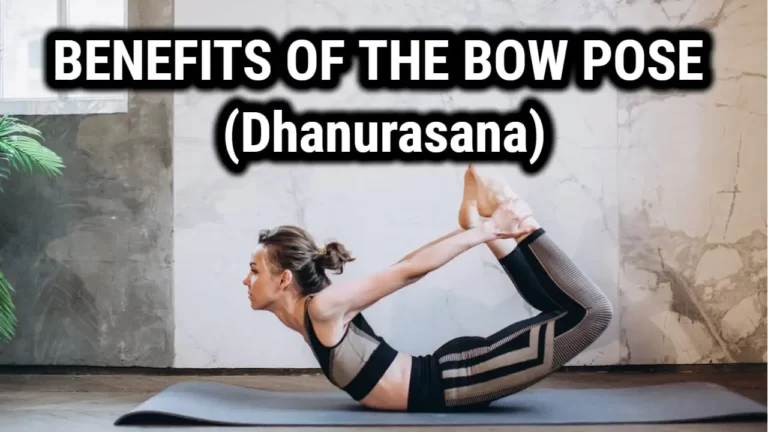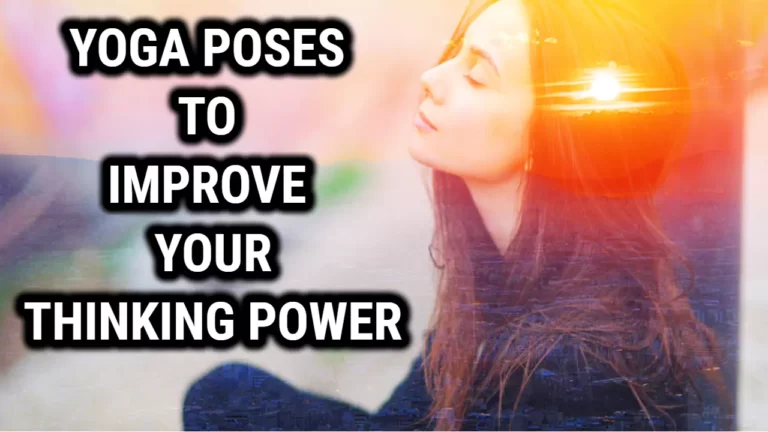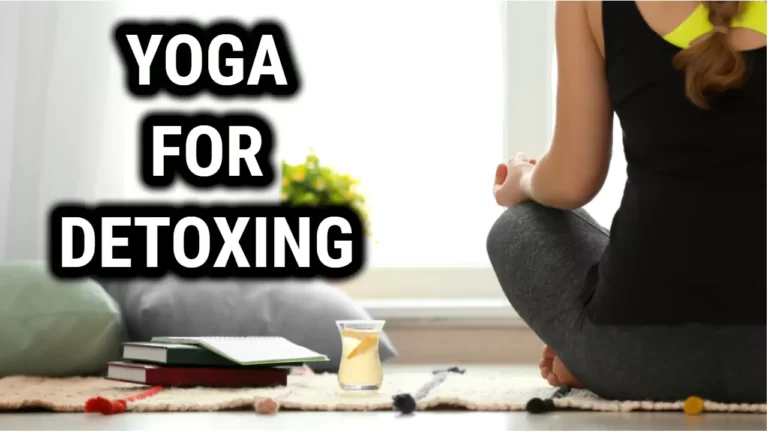Lower Your Blood Pressure: The Best Yoga Postures to Try
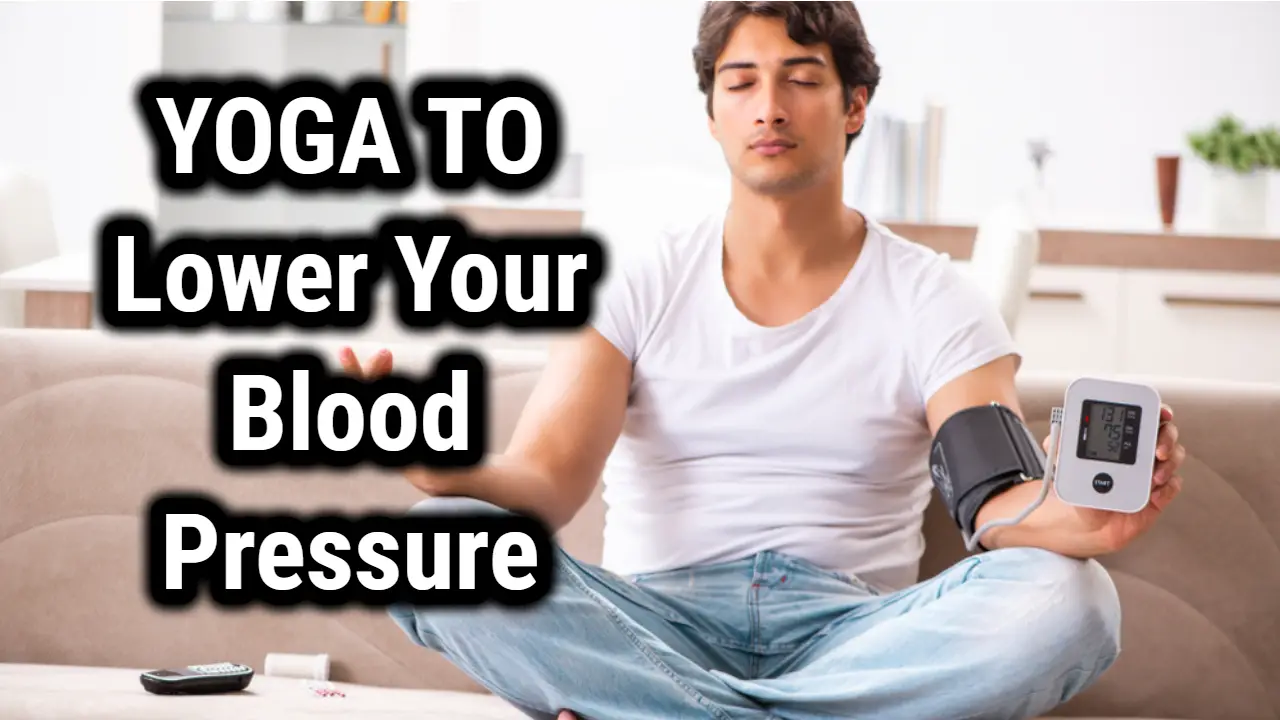
Yoga is an ancient practice that has been around for centuries. It is a form of exercise and relaxation that can benefit both the body and mind. People who practice yoga are often surprised to find out that certain postures can help control their blood pressure.
In this article, we will explore how certain yoga postures can help reduce or maintain healthy blood pressure levels. Yoga is not just about stretching and relaxation. Different postures have different effects on the body, including the ability to lower blood pressure.
When done correctly, these poses can help release tension in the body and reduce stress, allowing for better circulation throughout the body and ultimately reducing blood pressure. We’ll discuss some of these poses in detail so you can start to use them as part of your regular routine to help regulate your blood pressure levels naturally.
Benefits Of Yoga For Blood Pressure Management
Meditation can be effective for controlling blood pressure, and yoga can also be beneficial.
Yoga is a holistic practice that consists of both physical postures and breathing exercises, which are known as pranayama.
It not only helps to reduce stress and improve overall health, but it also has been found to help lower high blood pressure.
The practice of yoga postures helps to relax the body and mind, reducing tension and improving circulation.
In particular, certain poses are especially useful in managing hypertension.
These include forward bends such as Paschimottanasana (Seated Forward Bend) and Matsyasana (Fish Pose); twists such as Ardha Matsyendrasana (Half Lord of the Fishes Pose); and restorative poses like Supta Baddha Konasana (Reclining Bound Angle Pose).
Practicing these postures regularly can help to reduce stress levels, relax the mind and body, improve circulation, stabilize blood sugar levels, and ultimately lower high blood pressure.
Taking some time each day to practice a combination of these poses and breathing exercises can help manage hypertension more effectively than medication alone.
Postures To Lower Blood Pressure
Doing any of these postures regularly can help to keep blood pressure at a healthy level. Practicing yoga can be a great way to help control your blood pressure naturally.
Paschimottanasana (Seated Forward Bend)
Paschimottanasana (Seated Forward Bend) is a yoga pose that can help to lower blood pressure. It helps to relax the body and mind, reducing stress and anxiety.
This pose stretches the spine, hips, and hamstrings while calming the nervous system. It can also help to improve circulation and digestion, which can help reduce blood pressure.
To do this pose, start in a seated position with your legs outstretched in front of you. Make sure your spine is straight and your shoulders are relaxed. Inhale and lift your arms overhead, then exhale and fold forward from your hips, bringing your chest towards your thighs. Hold for 5-10 breaths, then slowly come back to a seated position.
Matsyasana (Fish Pose)
Matsyasana, or Fish Pose, is another yoga pose used to reduce stress and tension levels, and can also help to lower blood pressure.
To do the pose, begin by lying on your back on the floor, with your legs extended and hands at your sides. Bend your knees and place your feet flat on the floor. Place your hands on either side of your body, beneath your hips, and press down as you lift your chest off the floor.
Place the crown of your head on the floor, and keep your elbows slightly bent. Hold the pose for 30 seconds to a minute, while taking deep breaths. To release from the pose, slowly lower your chest back down to the floor, and relax the legs.
Ardha Matsyendrasana (Half Lord of the Fishes Pose)
Ardha Matsyendrasana, or Half Lord of the Fishes Pose, is a seated twist that is said to help reduce stress and improve digestion. It is believed to be beneficial for lowering blood pressure by helping to improve circulation and reduce stress.
To practice this pose, sit on the floor with your legs extended in front of you. Bend your left knee and place your left foot on the outside of your right thigh. Bend your right knee and place your right foot on the outside of your left thigh.
Reach your left arm around the outside of your right knee and press your right palm into the floor behind your back. Take a few deep breaths, allowing your body to relax into the pose. On each exhalation, twist a little deeper. To come out of the pose, release your left arm and extend your right leg back out in front of you. Repeat on the other side.
Supta Baddha Konasana (Reclining Bound Angle Pose)
Supta Baddha Konasana, or Reclining Bound Angle Pose, is a restorative yoga pose that helps to lower blood pressure. It is a seated position with the hips and knees bent and the feet together. The spine is extended and the arms are either outstretched or at the sides. To get into the pose, sit up on the floor with your legs extended in front of you.
Bend your knees and bring the soles of your feet together, then allow your knees to gently drop open to the sides. With an exhalation, lower your torso and chest to the floor. Rest your arms at your sides, palms facing up.
Stay in the pose for up to 10 minutes, allowing your body to relax deeply. As you do, focus on your breath and notice the effects of the pose on your body. With practice, Supta Baddha Konasana can help to reduce stress and tension, which can in turn help to lower your blood pressure.
Cobra Pose
You can also try cobra pose to reduce your blood pressure.
This yoga position is a great way to increase circulation and stimulate the organs responsible for stabilizing blood pressure. It helps relax your mind and body, allowing for better control over hypertension.
To practice cobra pose, start by lying on your stomach with your legs stretched out behind you. Place your hands on either side of your chest, then slowly lift your upper body off the ground while keeping your hips and legs in contact with the floor.
Hold this pose for up to 15 seconds before gently lowering yourself back down. You should repeat this process several times for maximum effect.
As you become more comfortable with this posture, you can even increase the time that you hold it!
Child’s Pose
Moving on, child’s pose is another great posture to try if you’re looking to lower your blood pressure.
This yoga position stretches and relaxes the muscles, helping bring relief from stress and anxiety. It also helps reduce fatigue, tension headaches, and depression.
To do this pose correctly, start by kneeling on the ground with your feet hip-width apart. Then, slowly lower your upper body towards the floor so that your forehead is resting on it. Keep your arms alongside your body with your palms facing up towards the sky.
Try to stay in this pose for at least 30 seconds before slowly lifting yourself back up to a kneeling position. You can even increase the time of this pose as you become more comfortable with it!
Pranayam For Managing Blood Pressure
The practice of yoga can be an effective way to manage blood pressure. Pranayam, or breathing techniques, is one such way to help control hypertension and bring balance back to the body.
When practicing pranayam, it’s important to focus on the breath and make sure it’s deep and slow.
Ujjayi breathing, also known as ocean breathing, is a popular technique that involves inhaling deeply through the nose and exhaling slowly with an audible sound that resembles waves crashing against the shore. This type of breathing helps to reduce stress levels and relaxes the body while calming the mind.
Bhastrika, or bellows breath, is another popular pranayamic technique used for managing blood pressure. It involves a rapid inhalation followed by an equally powerful exhalation repeated several times in succession. This type of breathing increases oxygen flow throughout the body which can help lower blood pressure.
Practicing pranayam can help individuals who have high blood pressure find relief from their symptoms and bring balance back into their lives. With regular practice, these techniques can provide long-term results that could potentially improve overall health and well-being.
Meditation For Blood Pressure Control
A recent study has shown that meditation can help to control high blood pressure.
In this case, a fifty-year-old man with hypertension was asked to practice meditation every day for two months.
After the two months, his blood pressure had decreased significantly and he was able to maintain it with regular meditation.
- Begin by finding a comfortable seated position with your spine erect and your feet on the floor.
- Close your eyes and take a few deep breaths, inhaling and exhaling through your nose.
- With each breath, focus on releasing any tension and tightness in your body.
- As you inhale, visualize your breath traveling through your body, calming and soothing each and every area.
- When you exhale, picture your breath carrying away any stress and anxiety.
- Now, draw your attention to your heart and visualize it beating steadily and rhythmically.
- As your heart rate slows, imagine your blood pressure lowering and your entire body relaxing.
- Stay in this meditative state for several minutes, focusing on your breath and the sensation of relaxation.
- When you are ready, open your eyes and take a few more deep breaths. Bring your awareness back to your body, feeling refreshed and relaxed.
Long-Term Strategies For Controlling Blood Pressure
Yoga is a powerful tool for controlling blood pressure. It can be used in the short-term to bring about quick relief, but it is also an effective long-term strategy for maintaining healthy levels.
Practicing specific postures regularly can help reduce stress and tension, which are often primary contributors to high blood pressure. Postures like the downward facing dog, eagle pose, cobra pose, and seated forward bend create a calming effect on the body and mind while helping to stretch tight muscles that may contribute to hypertension.
Additionally, pranayama breathing exercises can be extremely helpful in controlling blood pressure levels. These breathing techniques help to stimulate the parasympathetic nervous system which encourages relaxation of tension and muscles throughout the body.
By making this shift from fight or flight response to rest and digest mode, we can restore balance in our bodies and maintain healthy blood pressure levels over time.
As with any practice intended to improve health, consistency is key when it comes to yoga for controlling blood pressure. Practicing on a regular basis will create better long-term effects than short bursts of activity here and there. With patience and commitment, individuals can experience lasting relief from hypertension symptoms through mindful practice of yoga postures and breathing techniques.
Frequently Asked Questions
Are There Any Dietary Changes That Can Help Control Blood Pressure?
Controlling blood pressure through diet can be as simple as balancing a scale, though it does require diligence.
Eating healthy, whole foods such as fruits and vegetables, lean proteins, and whole grains can help to keep blood pressure in check.
Reducing sodium intake and avoiding processed, high-fat and sugary foods can also make a big difference.
Incorporating regular exercise into your life is another way to maintain healthy blood pressure levels like a finely tuned orchestra.
What Type Of Yoga Is Best For Controlling Blood Pressure?
Practicing yoga can be beneficial for controlling blood pressure. Certain styles of yoga, such as restorative yoga is effective in lowering high blood pressure, as it helps to relax both the mind and body through a series of passive poses held for an extended period of time.
Breath work is also an important part of any yoga practice, as it helps to slow down the heart rate and regulate breathing patterns.
How Often Should I Practice Yoga To See Results?
Ah, the age-old question of how often one should practice yoga to see results. The answer, of course, is ‘it depends’. It depends on your commitment level and how often you can realistically fit it into your schedule.
But don’t worry – even if you can only manage to squeeze in a few sessions each week, you’ll still notice positive changes in no time! After all, when it comes to yoga, quality trumps quantity every single time.
So don’t stress about fitting in five classes a week; just make sure that whatever you do practice is done with intention and attention to detail. Then you’ll be well on your way to reaching those goals!
Is It Safe For People With High Blood Pressure To Practice Yoga?
It is generally safe for people with high blood pressure to practice yoga, as long as they take it slow and pay attention to their own body’s signals.
It’s important to listen to your body when doing any type of physical activity, and if you have high blood pressure this is especially true.
Yoga postures can help control blood pressure, but it’s best to start out with gentle poses and gradually increase the intensity over time.
You should also consult with a doctor before beginning any new exercise program or making drastic changes to your diet.
Are There Any Specific Lifestyle Changes That Can Help Control Blood Pressure?
Making lifestyle changes can be a great way to help control your blood pressure.
While some may seem daunting, the good news is that there are simple steps you can take to make a difference.
From eating more fruits and vegetables and exercising regularly, to reducing stress and cutting down on salt intake, these are all small changes that can have a big impact on your health.
So don’t be discouraged– with a few minor adjustments to your daily routine, you’ll soon see the positive effect on your blood pressure!
Conclusion
Yoga is an excellent way to help control blood pressure. With regular practice and lifestyle changes, you can feel better in no time! The postures are gentle enough for all levels of experience, even those with high blood pressure.
It’s important to remember that yoga is more than just poses; it’s also about deep breathing and relaxation techniques. When done correctly, these practices can have a lasting impact on your health.
So don’t wait any longer – get out there and practice yoga today! You won’t regret it – your body will thank you.

